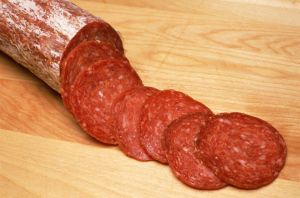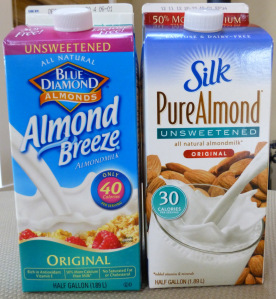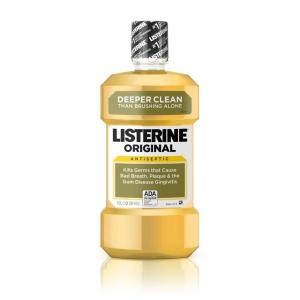
IS BALSAMIC VINEGAR PALEO?
Balsamic vinegar is one of those new-old kitchen items that cooks and chefs all over the country have begun to adopt in the last fifteen or so years. What used to be a one-off purchase for making a particular Italian-inspired meal (think Caprese, vinaigrette, or roasted vegetables) is now a staple in homes across America. As you sift through your pantry for edible Paleo goods, we’ll answer: Is Balsamic Vinegar Paleo?
What is Balsamic Vinegar?
Balsamic vinegar is a little different from traditional vinegars in that it is a reduction of pressed white Trebbiano grapes (unfermented). After the reduction, the “grape juice” is placed in oak barrels with something called a “vinegar mother.” (This is essentially the acid that develops onfermenting alcoholic liquids.) So you’re primarily looking at grapes, water, a bacterium mother, and aging in wood barrels.
There are a few basic types of balsamic vinegars, one with incredibly strict regulations; it must be aged for a minimum of 12 years (Aceto Balsamico Tradizionale), others aged not at all, and another commercial grade variety called Balsamic Vinegar of Modena that “mimics” the traditional product. Since these last balsamic vinegars require just two months of ageing, the process is highly industrialized, and some producers add colorants and caramel to thicken the consistency and deepen the color.
Is Balsamic Vinegar Paleo?
Despite the possibility of these colorants and additives, yes balsamic vinegar is Paleo. We know that fermented foods are excellent for your gut, and certainly existed during the caveman’s day. So while the higher-quality, longer-aged, more expensive stuff might be a bit better for you, the acetic acid produced during fermentation is what really matters. So drizzle this delicious condiment over your Paleo green beans and have at it!




